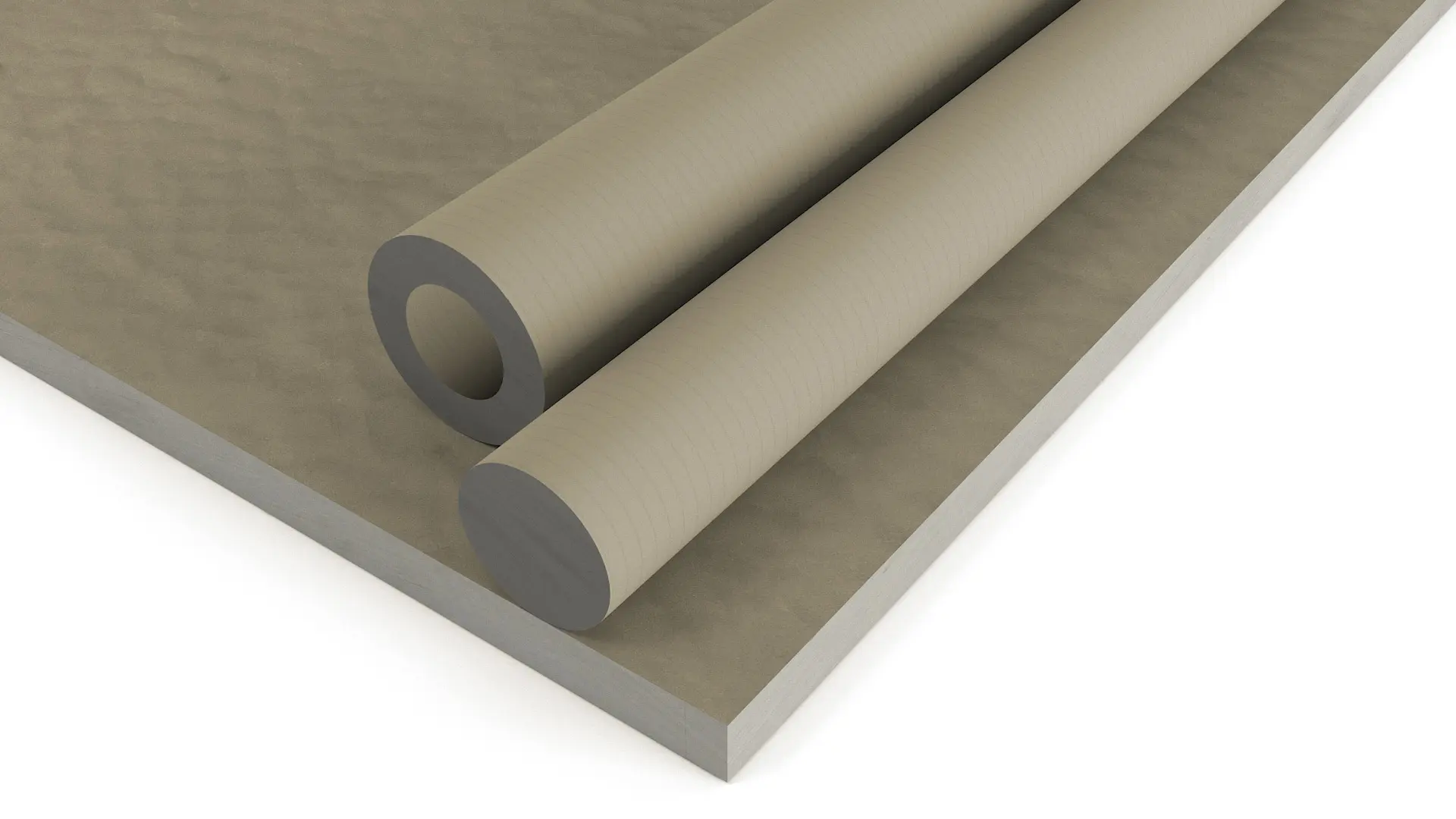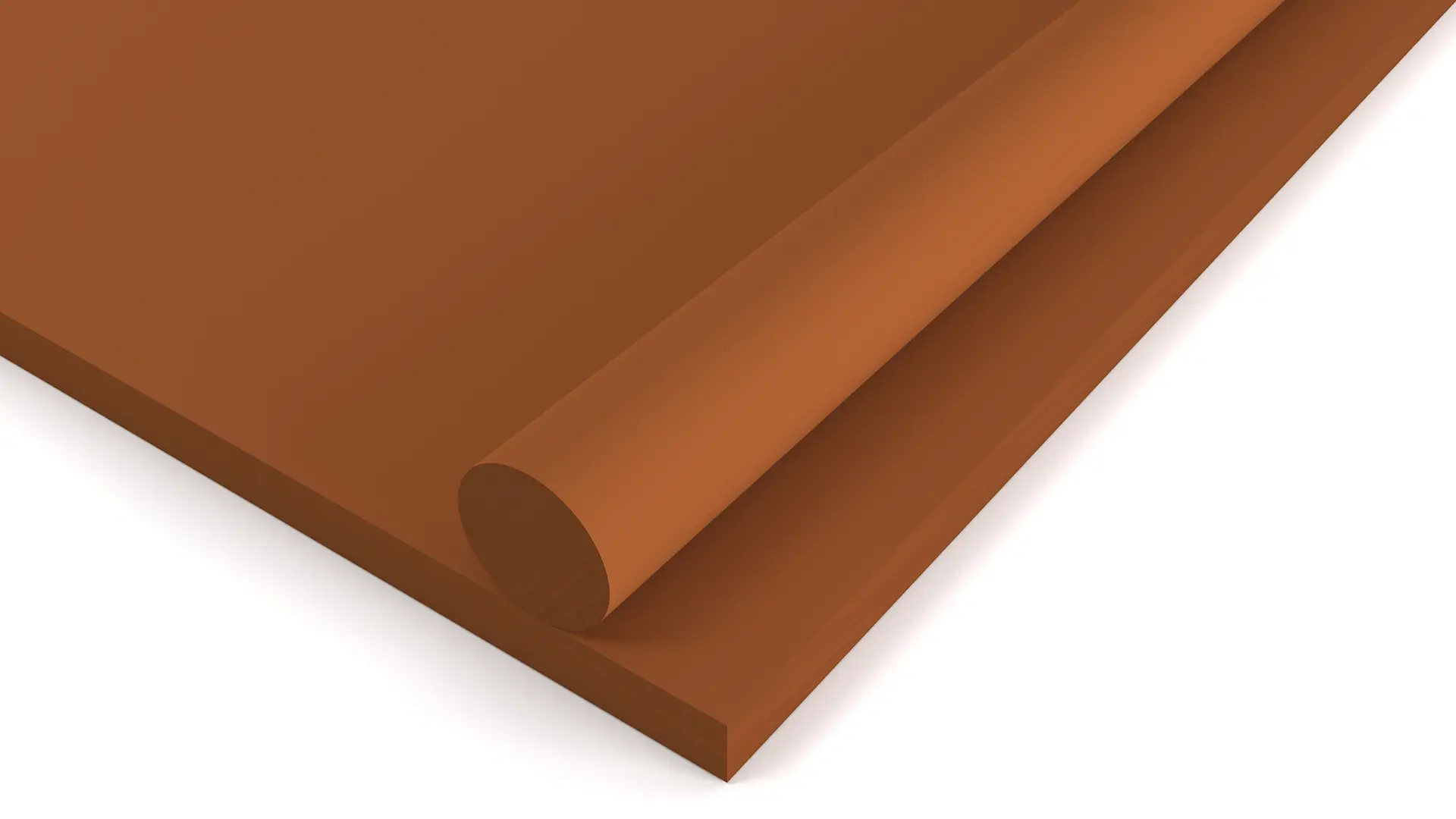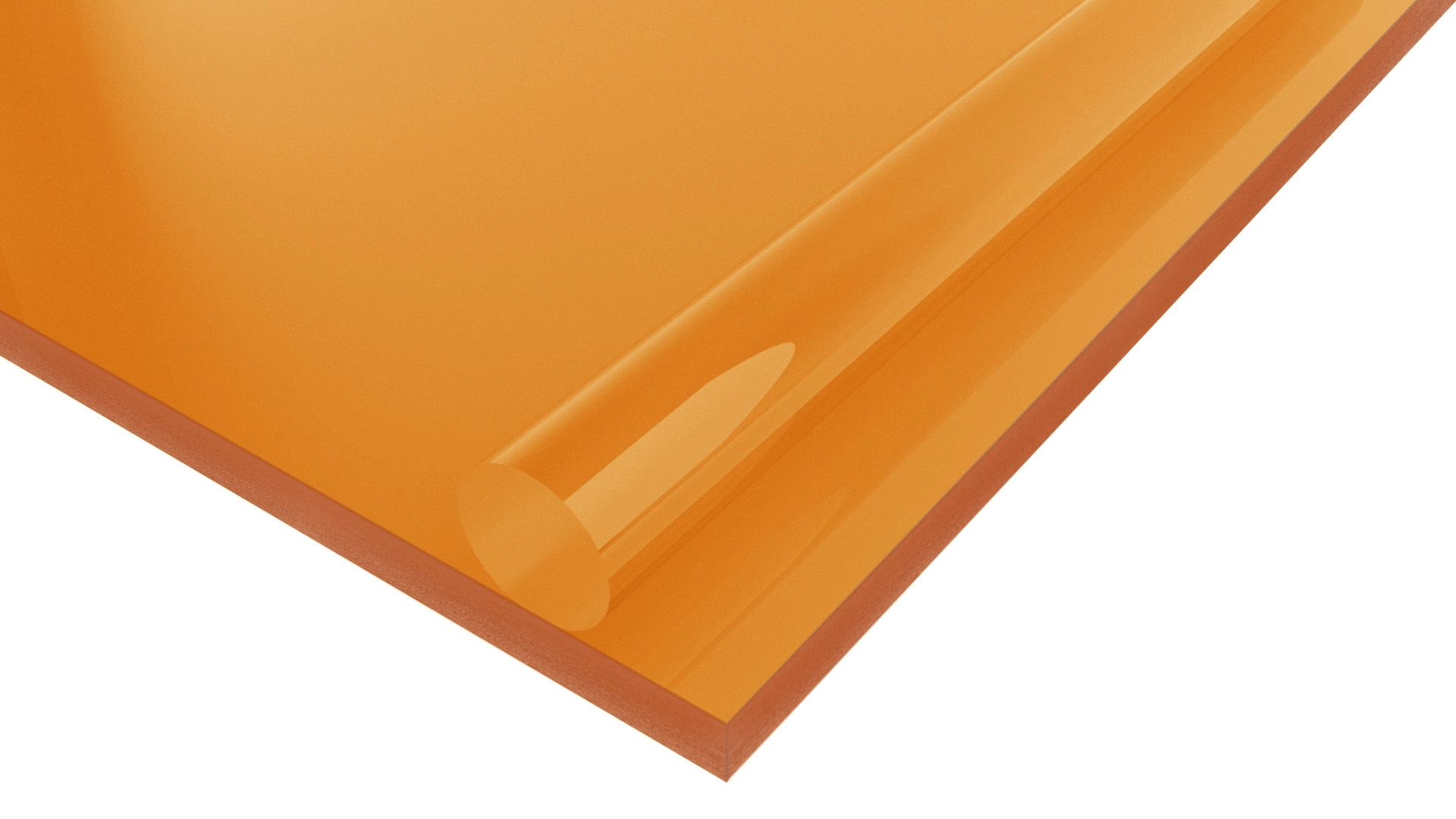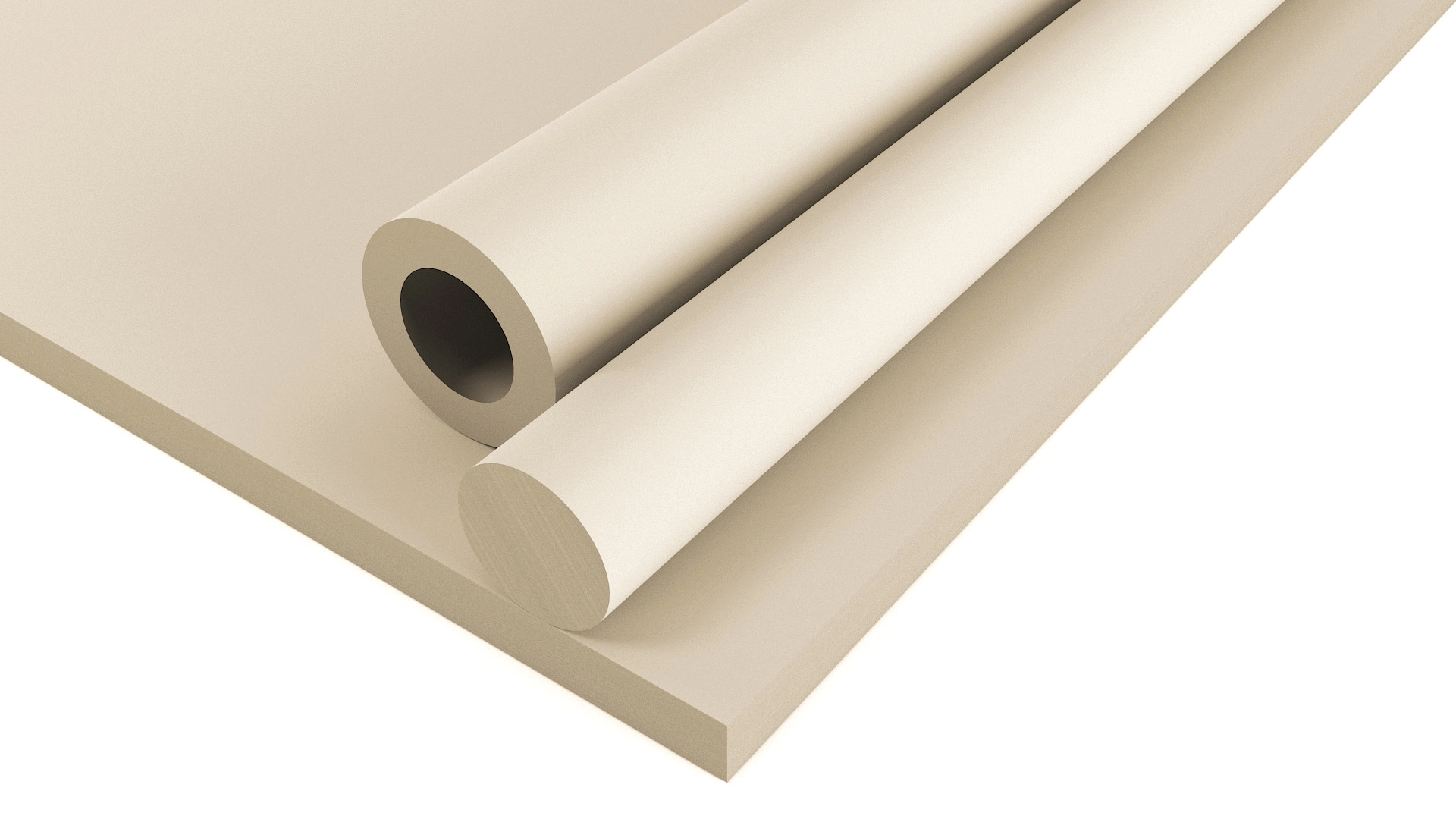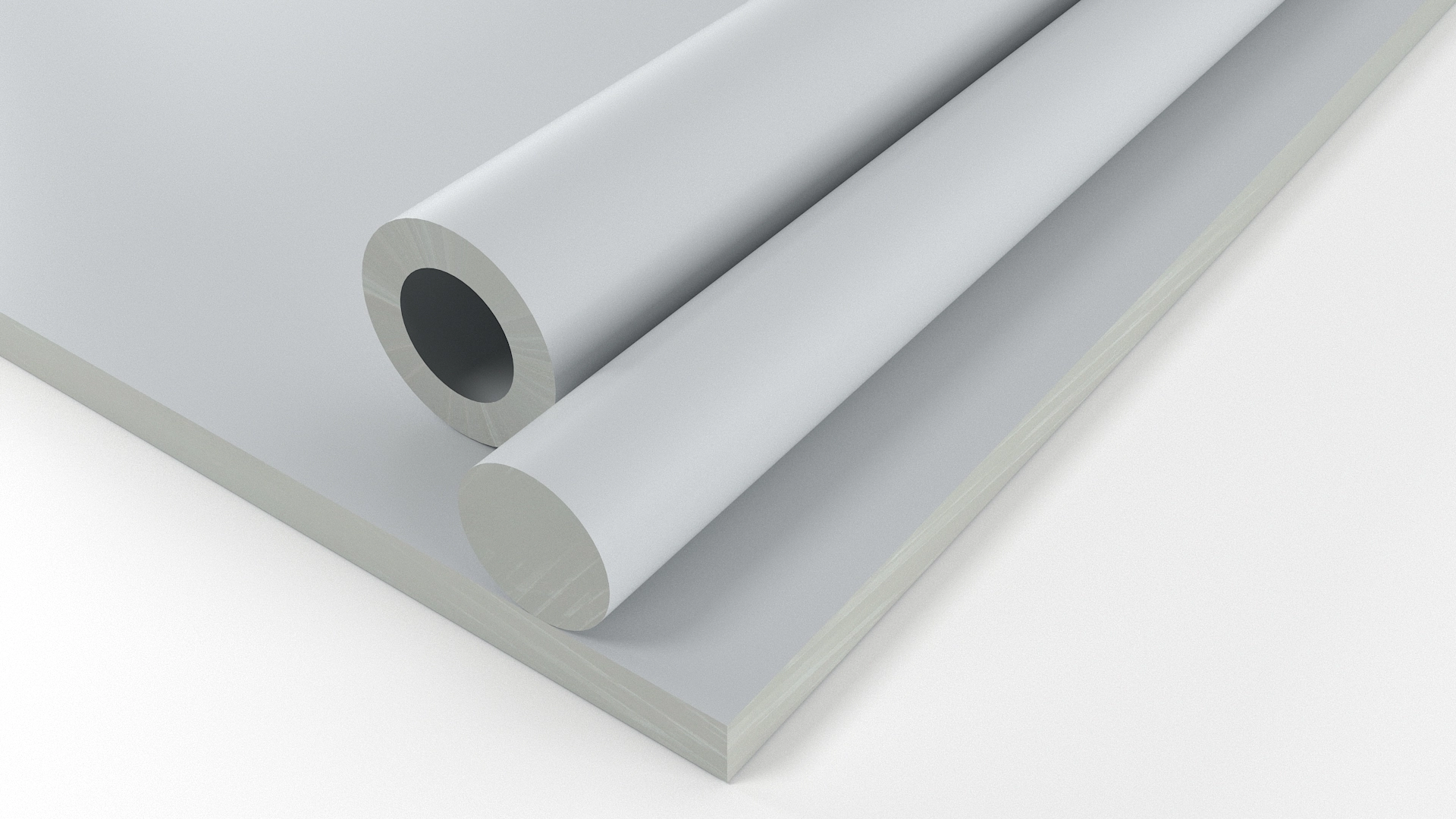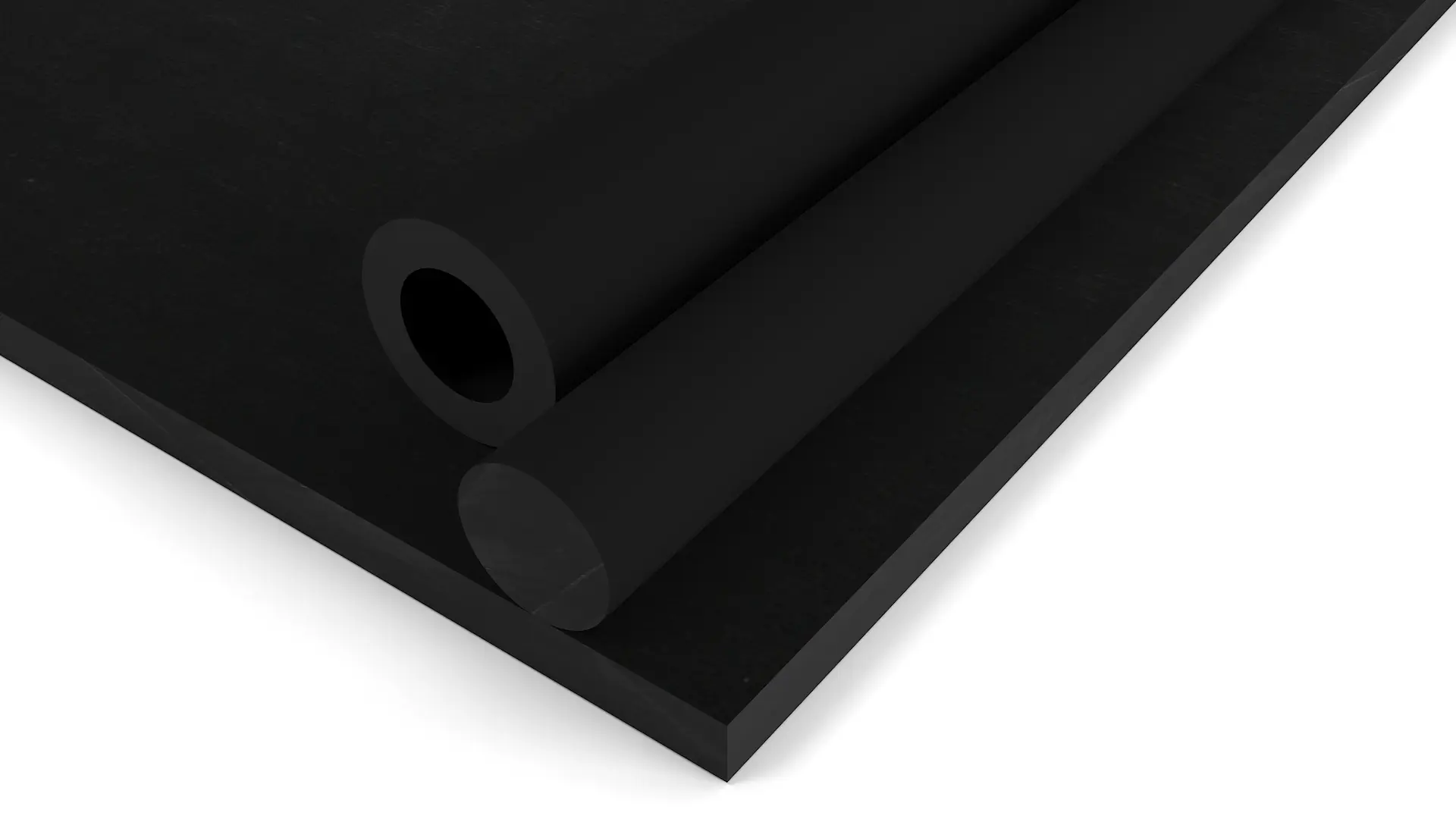Lightweight materials enable more efficient fuel use and lower emissions. High-performance plastics (HPMs) with superior wear, temperature, and chemical resistance, along with low coefficients of thermal expansion, are critically important in modern industry.
When used under the principle of maximum performance, these materials maintain their mechanical strength over extended periods and provide significant design advantages. For instance, rifle stocks made of plastic heat up more slowly, extend continuous usage time, and are easier to handle due to their light weight. Flame-retardant materials are available, while boron-filled plastics are preferred in areas exposed to nuclear radiation.
Advantages:
- Low fuel consumption due to lightweight construction
- Chemical corrosion resistance when combined with carbon-fiber composites
- High lubricity with minimal or no lubrication
- Excellent wear resistance
- Thermal insulation for sensitive electronic equipment
- High resistance to chemical fluids
- Lower cost compared to aluminum and titanium
Applications:
Aviation:
- Wear surfaces, bearings, seals, and piston rings
- Thermal insulators and high-temperature bearing applications
- Cabin interior panels, seat structures, and support elements
- Electronic housings, insulating components, and sensor covers
Spacecraft:
- Fuselage and structural parts, clamps, bearings, and wear components
- Lightweight, durable plastics reduce vehicle weight and improve fuel efficiency
- Provide vibration damping, corrosion resistance, and dimensional stability
Other Applications:
- Components for unmanned aerial vehicles (UAVs) and defense systems.
- Precision-machined parts












